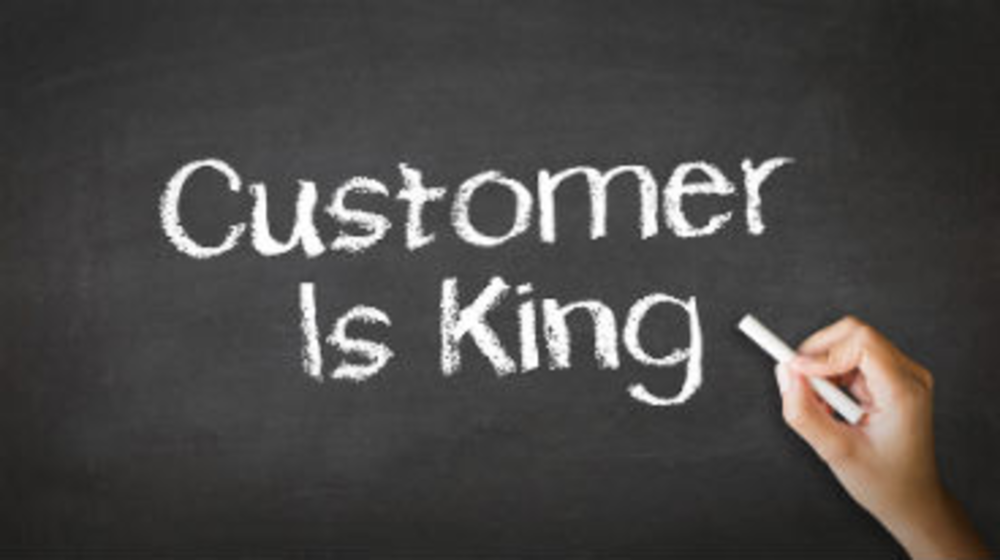It wasn’t so long ago that digital began to completely disrupt marketing. Indeed, digital has permanently reshaped the business of marketing, from creative and content to metrics and measurement. But the changes the digital revolution has wrought aren’t in question; rather, the question is whether marketers are making the most of these tools to engage customers.
“We’re passed the point of digital marketing meaning getting a site or an app. It’s more about how we take all of that technology and develop a more customer-centric experience,” says Michael Lummus, corporate strategist for digital markets at Teradata.
As technology has evolved and transformed business and the customer experience, customer centricity has become one of marketing’s central pillars. Experts have professed the need for customer-centric strategy and structure for years now, but obstacles to true customer centricity persist. “Organizational hurdles are still a huge problem and departments haven’t gotten around to working collaboratively,” Lummus explains.
But collaboration is table stakes for digitally enabled customer centricity. “With all aspects of a company aimed at addressing customer needs, marketers will have the support [required] to offer customers seamless experiences across all channels and at the right moments,” says Glen Hartman, global managing director of digital transformation for consultancy Accenture Interactive.
Silos aren’t the only thing standing in the way of truly customer-centric marketing. Many marketers have played it safe, bringing “old-world” marketing practices online—in some cases placing more value on the quantity of messages they send than quality and relevance of those communications.
“Marketers have known for a long time that frequency has a high impact on performance, but you can’t move to digital and just bombard customers with messages,” Lummus notes.
Instead, think personalization. “As you employ digital tools that make it easier to reach customers, make sure it’s not just convenient internally,” adds author and consultant Steve Yastrow. “Don’t look at digital tools as more mass marketing, look at them as a way to cater to the customer.”
The tools are there to enable true customer-centric marketing. It’s up to individual businesses—and the marketers supporting them— to align company goals and structure around the customer. “It’s imperative for marketers to fully understand their customers’ needs and desires, and the expectations they have for their brand, so they can then take the appropriate steps to deliver an effective and loyalty-generating omnichannel consumer experience,” Accenture Interactive’s Hartman explains.








